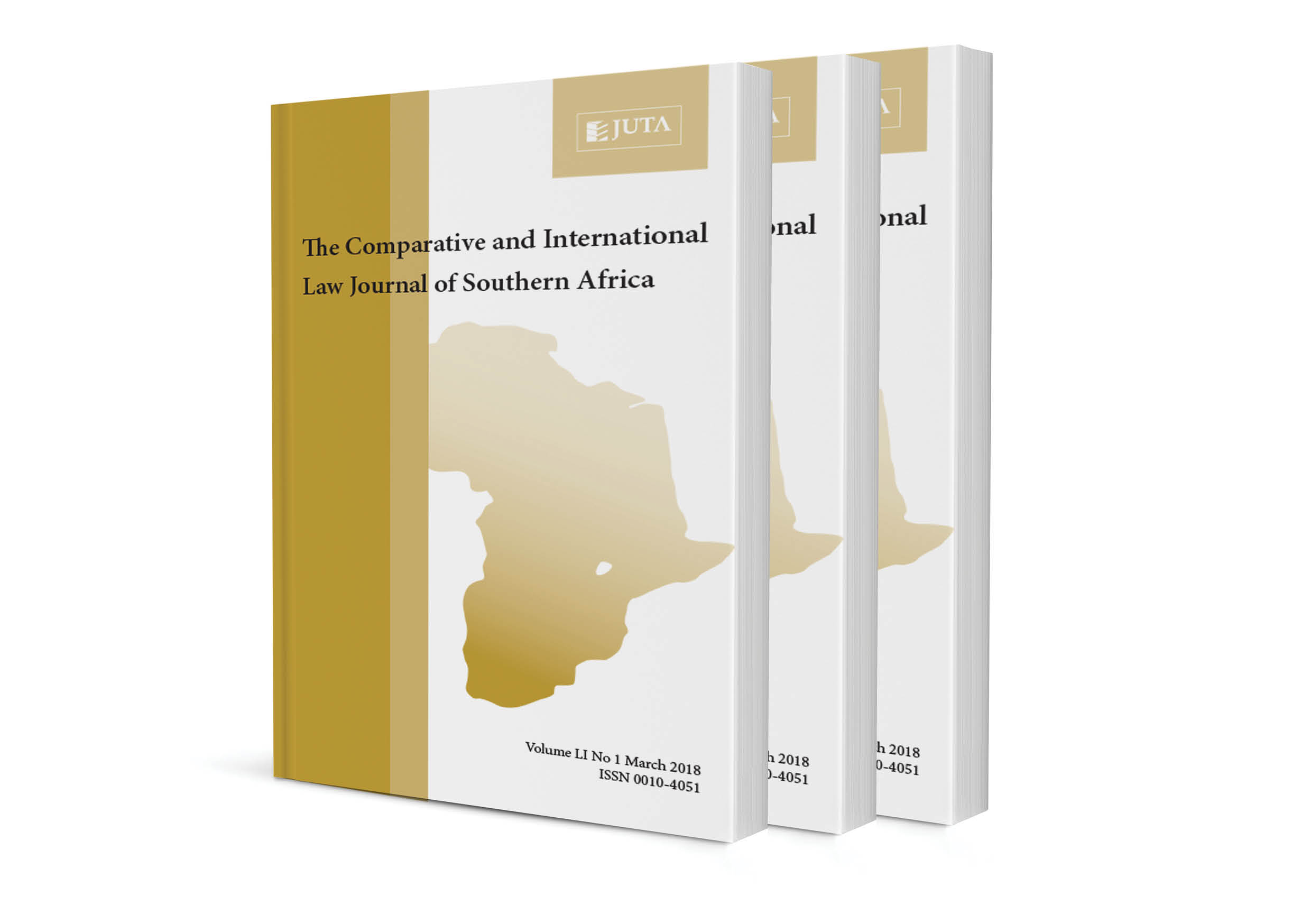Abstract
Conflicts have largely been recognised as a fundamental cause of internal displacement in Africa. In recent years, internal conflicts in several African countries including Nigeria have contributed to the rise in internally displaced persons (IDPs) across Africa. In Nigeria, the violence orchestrated by the Boko Haram group in particular, has led to the displacement of over one million persons. Motivated in part by the need to prevent conflict-induced displacement and protect conflict-induced IDPs, African leaders meeting in Uganda in 2009, adopted the ‘African Union Convention for the Protection and Assistance of Internally Displaced Persons’ (Kampala Convention). As at April 2016, twenty-five African states, including Nigeria, had ratified the Kampala Convention. Article 9(1) mandates states to protect the rights of IDPs in displacement situations, while Article 9(2) imposes specific obligations upon states to protect and assist IDPs. While Nigeria is in the process of finalising a national legislation on IDPs, its obligations under the Kampala Convention requires it to ensure that IDPs are protected and assisted. Against the backdrop of Article 9(2) of the Kampala Convention, I examine the implementation by Nigeria of its obligation to protect and assist persons displaced by the Boko Haramfuelled conflict in Northern Nigeria.

